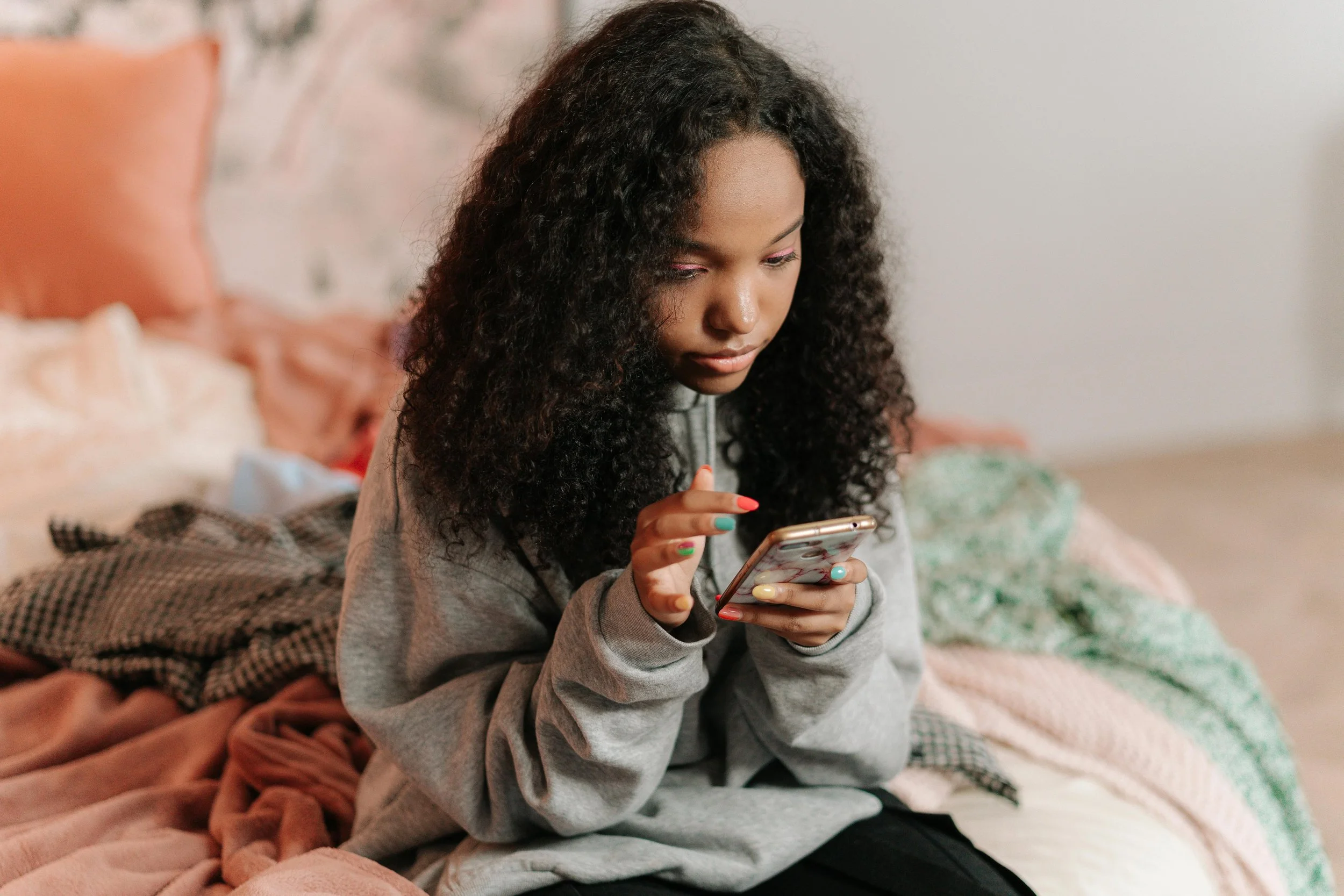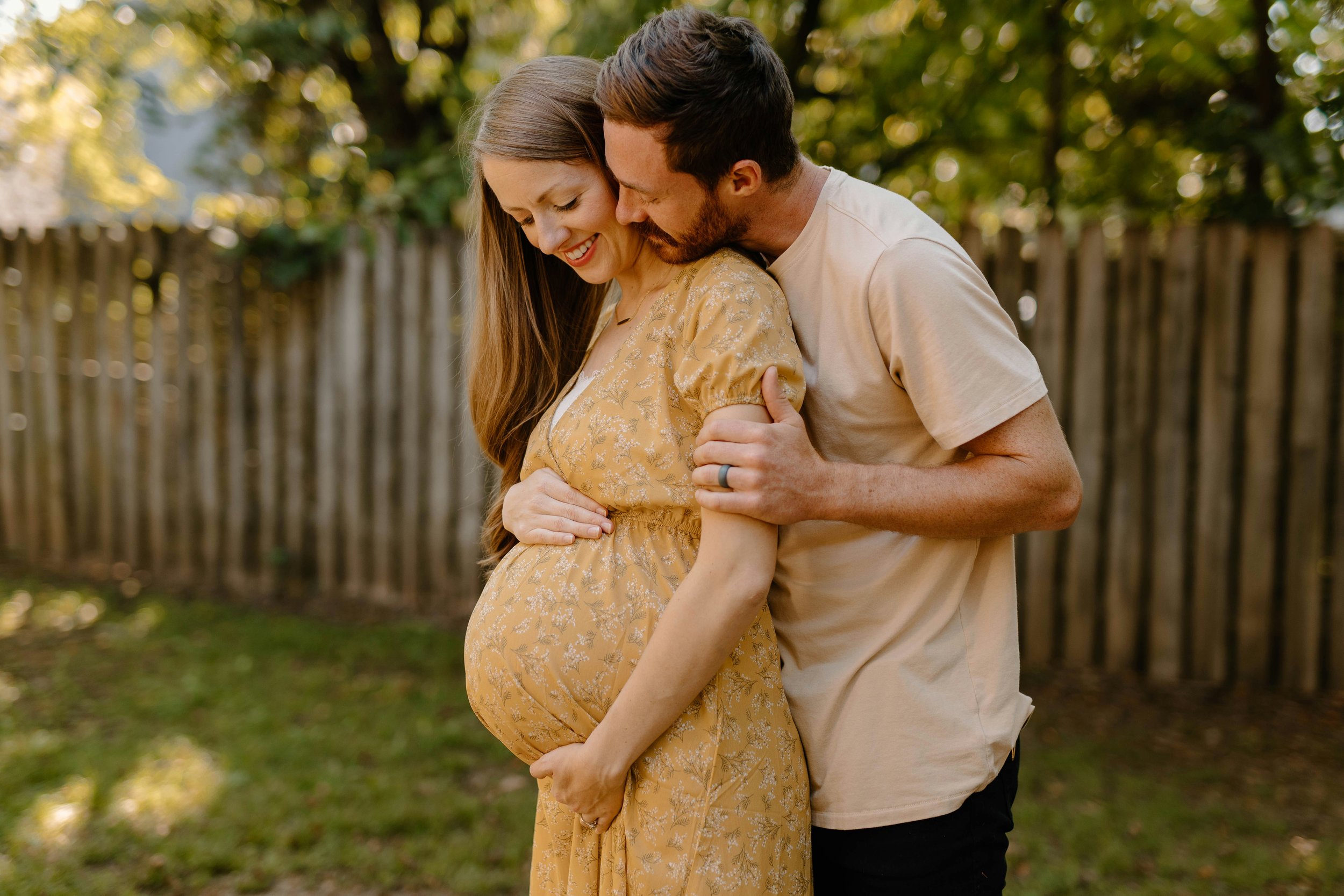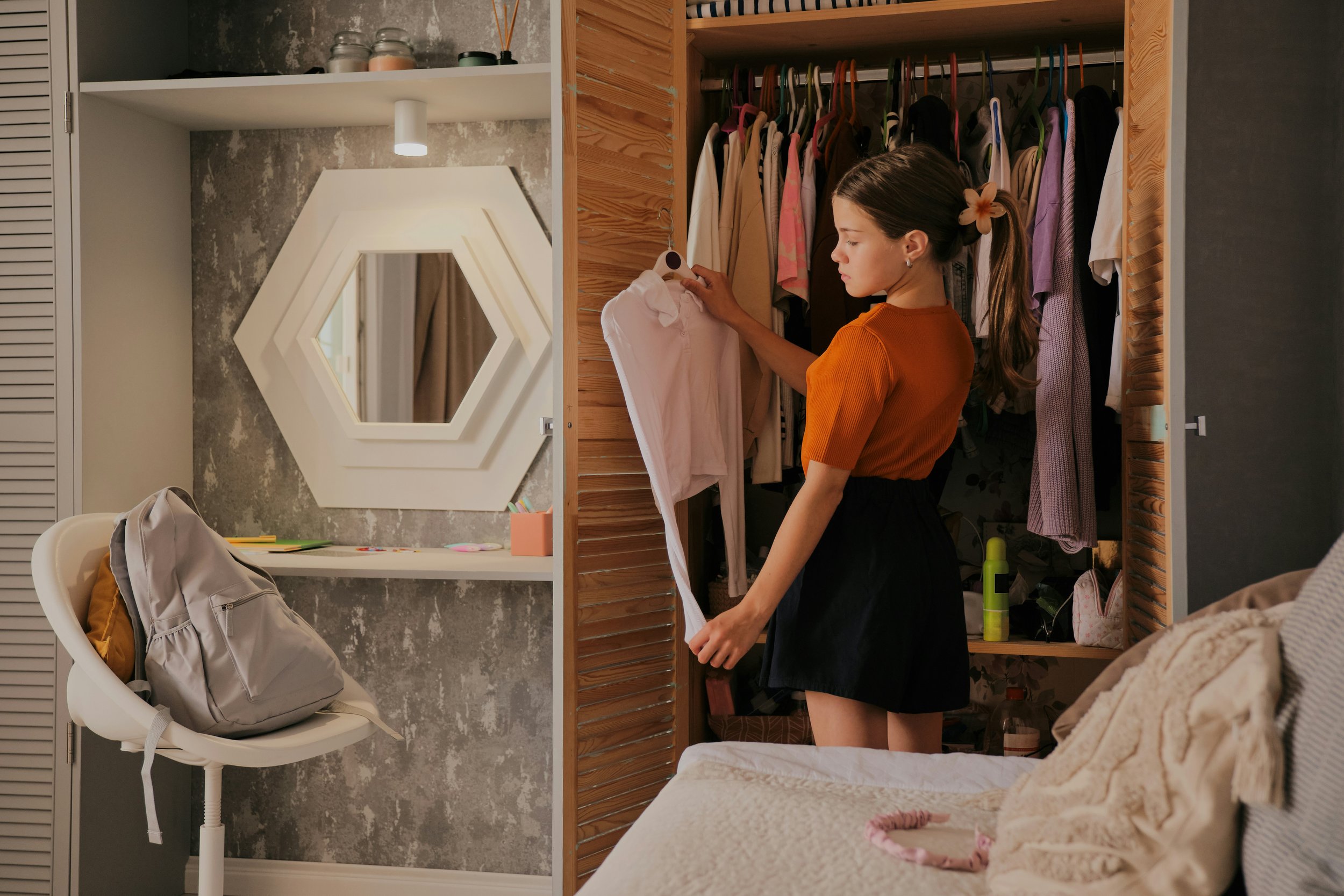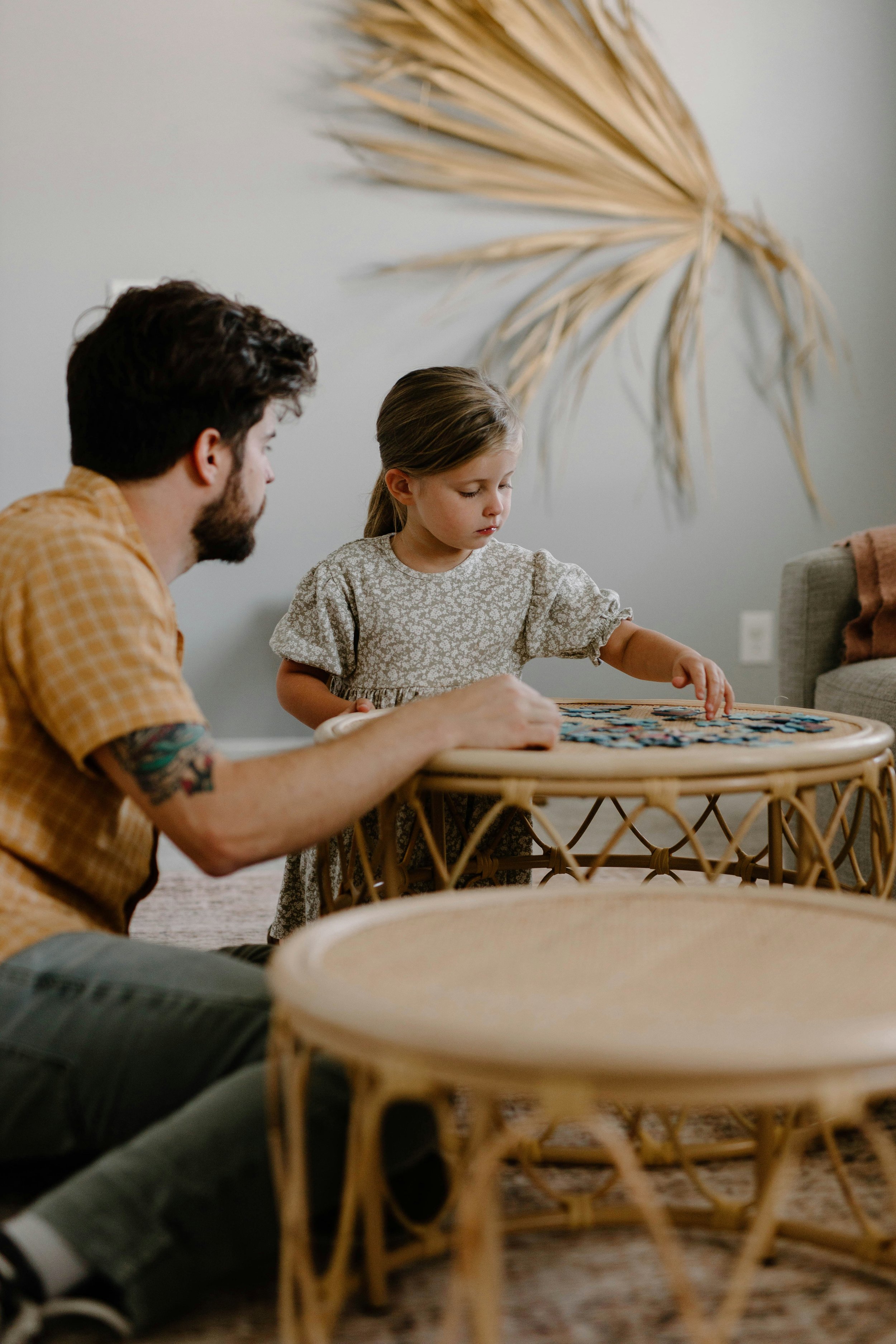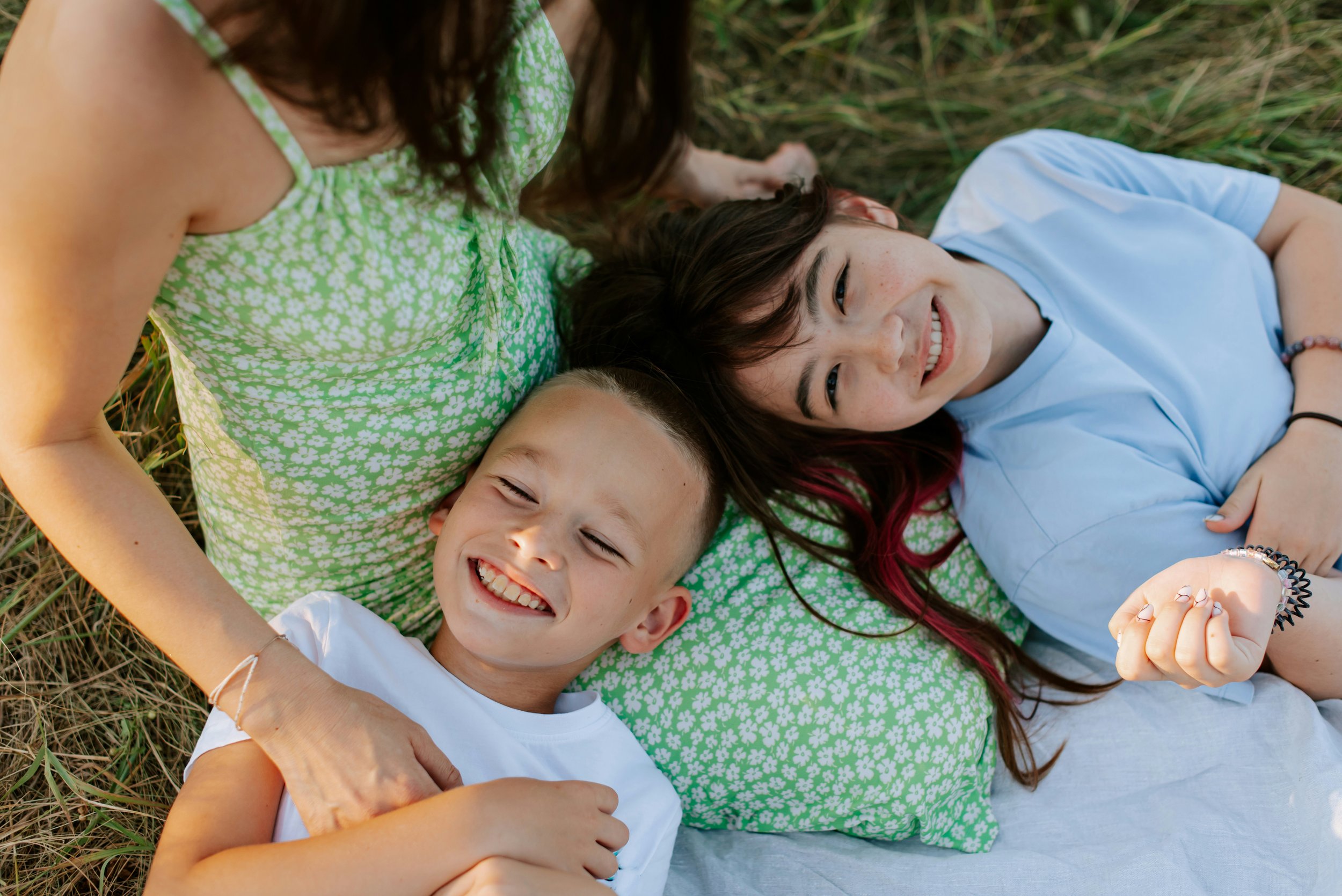Supporting a Child with Separation Anxiety
It’s one thing to drop your child off at school or daycare and see them wave goodbye. It’s another thing entirely when that goodbye comes with tears, clinging, and pleas not to leave.
Separation anxiety is a normal part of development, especially in young children. But when it starts to interfere with your child’s ability to feel safe or function independently, it can be distressing, for them and for you.
The good news? With patience, reassurance, and the right strategies, your child can learn to feel secure, even when you're not right beside them.
What Is Separation Anxiety?
Separation anxiety refers to distress or fear when a child is separated from their primary caregiver. It often shows up around ages 6 months to 3 years, but can also appear in older children, especially during life changes such as starting school, moving house, or after a stressful event.
While some anxiety is developmentally appropriate, persistent or intense fear about being apart may indicate Separation Anxiety Disorder. This affects about 4–5% of children, according to the Royal Children’s Hospital Melbourne, and may need further support.
Common Signs to Look For
Crying, tantrums, or clinginess at drop-offs
Physical complaints (e.g. tummy aches) when anticipating separation
Fear that something bad will happen to a parent
Trouble sleeping alone or in their own room
Avoidance of school, daycare, or social events
What Causes It?
Separation anxiety can be triggered by:
Developmental stages (especially toddlers and preschoolers)
Big life changes (new school, new sibling, family stress)
Parental anxiety – children are highly sensitive to their caregivers’ emotional states
Attachment disruptions or past experiences of instability or loss
How to Support Your Child (Without Reinforcing the Fear)
1. Stay Calm, Confident and Consistent
Your child looks to you to gauge whether they’re safe. If your goodbye is full of guilt or hesitation, they may feel more unsure. Offer a short, warm goodbye and reassure them:
“I know you’re feeling worried, but I’ll be back after story time, just like always.” Consistency builds trust. As much as possible, keep routines predictable and transitions smooth.
2. Create a Goodbye Ritual
Rituals provide a sense of control and comfort. It might be a secret handshake, a special phrase, or a hug-kiss-wave combo. Familiar rituals create safety and signal that separation is manageable.
3. Don’t Sneak Away
While it might avoid a scene in the moment, disappearing without saying goodbye can increase anxiety over time. Your child may become hypervigilant, unsure of when you’ll leave next. Saying goodbye, clearly and lovingly, helps them build security.
4. Practise Small Separations
Start with short, low-stress separations, like playing in another room or staying with a trusted relative. Gradually build up their confidence. Praise their efforts gently:
“You played with Nana while I went to the shops, that was brave!” This technique, known as exposure and response prevention, is used in Cognitive Behavioural Therapy (CBT) to help children face fears gradually.
5. Use Books and Stories
Storytelling helps kids make sense of big feelings. Books like “The Invisible String” by Patrice Karst or “Owl Babies” by Martin Waddell normalise separation and reassure children that love remains even when you’re apart.
6. Check Your Own Anxiety
Sometimes, without realising, our own discomfort with separation can feed our child’s fear. Reflect gently:
Do I feel guilty leaving them?
Do I fear they can’t cope without me?
Am I over-reassuring or hovering?
Children are incredibly perceptive. If you can hold steady emotionally, it helps them feel safe enough to let go.
When to Seek Extra Support
If separation anxiety is persistent, worsening, or starting to affect school attendance, sleep, or social life, it may be time to seek help.
Speak to:
Your child’s teacher or early educator
A child psychologist or counsellor
Your GP or paediatrician
Supporting a child with separation anxiety can feel like walking a tightrope, balancing empathy with boundaries, comfort with courage. But the very fact that you’re asking how to help already makes a difference.
You don’t need to fix the fear overnight. You just need to be present, predictable, and patient. Every drop-off, every “I’ll see you soon,” every time you follow through with your return, it’s all building a foundation of trust your child will stand on for years to come.
Because learning to separate with confidence doesn’t mean loving less, it means feeling safe enough to explore the world, knowing love will always be there when they return.
Sabrina is a registered psychologist with over 15 years of experience working with families, children, and adolescents.
Based in Brisbane, Queensland, Sabrina offers face-to-face appointments or Telehealth.
To make an appointment click here or call M1 Psychology Loganholme on (07) 3067 9129.
Disclaimer: The information provided on this site is for psycho-educational purposes only and is not meant as a substitute for therapy, counselling, or medical care. If you require personal mental health support, please consult a professional. In case of a crisis, contact emergency services immediately.


